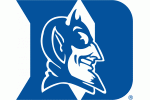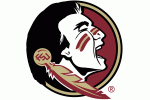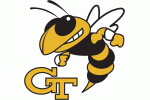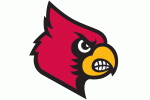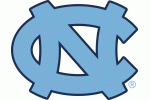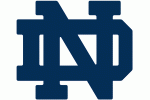Basketball fans know of an exceptional time of year. It’s spring, and these fans talk about teams, brackets, and close games everywhere. But why? Because it’s March Madness.
/cdn.vox-cdn.com/uploads/chorus_image/image/63253909/usa_today_10728571.0.jpg)
March Madness is the single-elimination men's NCAA basketball tournament usually played between mid-March and April. Why is it called madness? Somehow, that term captures the excitement that envelops the sports world as the tournament approaches.
Each year, hundreds of college basketball teams battle it out for a place in the Big Dance. However, only 68 teams compete in the tournament, with the winner emerging after three weekends of games.
Sixteen teams advance to the second weekend. By the end of the second weekend, the tournament whittle down to eight, followed by the Final Four. The semi-finalists compete on the final weekend, and both semi-final winners advance to play in the national championship.
How is the tournament played?
In the tournament, there are 68 teams, including 32 teams that earn automatic bids based on conference championships. Based on their performance during the season, the remaining 36 teams are given at-large bids by the NCAA selection committee.
Teams are first divided geographically into four regions: the East, West, Midwest, and South, and then placed into a bracket that defines the path for a team to reach the finals. From 1 to 16, each team is seeded or ranked within their region.
It’s an annual tournament when millions of people fill out their brackets in an attempt to predict the winners. The College Basketball Odds keep changing with each game. So it’s essential to follow the news and keep up with the developments. Unfortunately, there are almost always enough upsets that predicting a perfect bracket is almost impossible.
During the three-week tournament, millions of sports fans watch multiple games at neutral sites across the country at the same time.
Key basketball players to watch in 2022
The NCAA works as a launching pad for NBA stars. Talent scouts pick players and put them in the NBA draft. This season isn’t any different, as many players will get a chance to land in the NBA.
The following are some of the key players to watch this season:
Paolo Banchero
In terms of size and skill, he’s unmatched in America. Big and strong forward who can rip jumpers from mid-range and finish inside. There are very few 18-year-olds playing in the NBA right now that are talented enough.
Chet Holmgren
Holmgren, a freshman big man, can be dangerous offensively. He can display dribble-pass-shoot skills that are rarely seen in a freshman.
Johnny Juzang
Despite his lack of top-end athleticism, the tall junior guard is one of the best shot makers in the country.
Hunter Dickinson
During his freshman year, Dickinson ripped single coverage as a throwback to low-post threats. In addition to his fantastic lefty hook shot, the 7-footer has the strength to establish position on the block.
Andre Curbelo
Curbelo is an incredible passer who constantly finds new angles to set up his teammates for success, making him one of the most creative point guards in the country. A tight handle and unmatched vision allow Curbelo to consistently keep defenses at his mercy.





